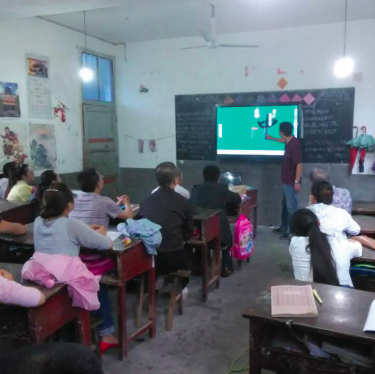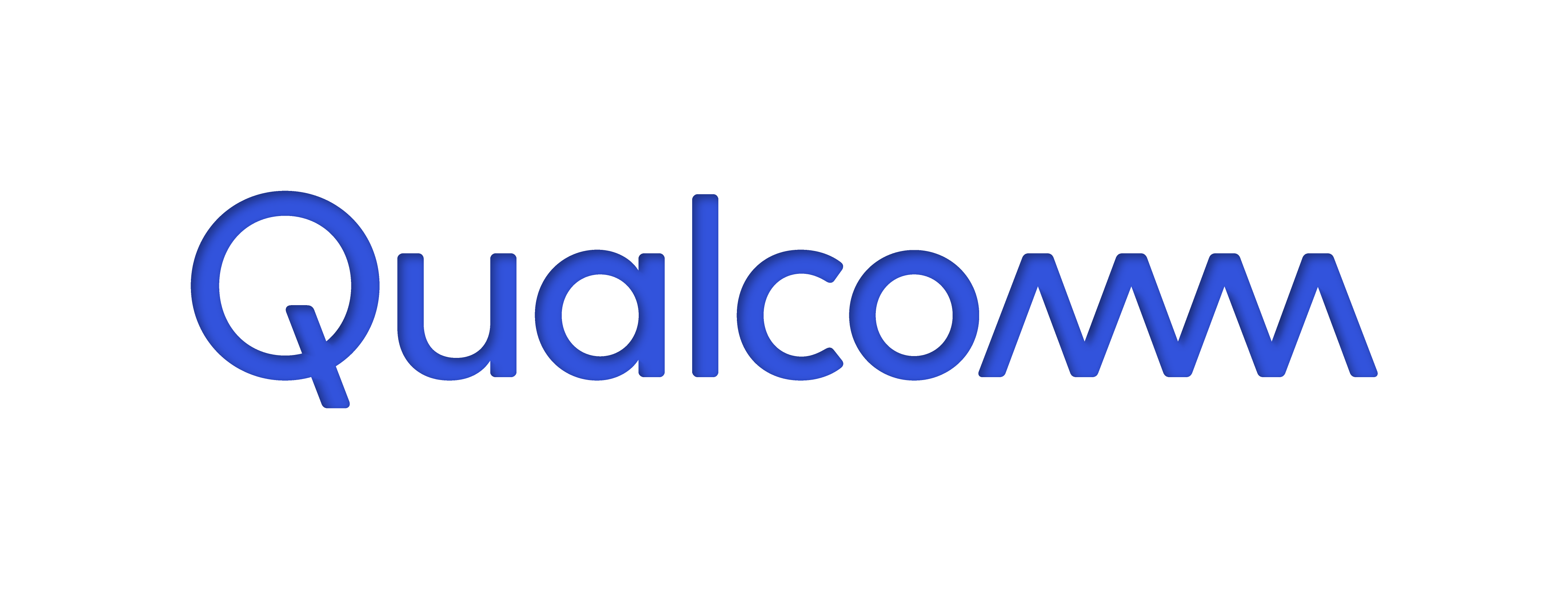Qualcomm Wireless Reach: Qualcomm 21st Century Classroom
Using mobile technologies to modernize education and alleviate poverty in China

To meet the priorities of the Chinese government’s national “Three Connections, Two Platforms” plan, the Qualcomm 21st Century Classroom program is a collaboration with China Children and Teenagers’ Fund (CCTF). A mobile broadband-based learning program, the Qualcomm 21st Century Classroom supports the Chinese government’s use of information and communications technologies (ICT) to modernize education and reduce poverty. Mobile technology has fundamentally changed access to educational materials and this collaboration enables even greater opportunities to enrich teaching and learning, and address learning disparities by decreasing the digital divide.
Challenge
- In China, there are more than 40 million children living in impoverished areas. The development levels of these children, particularly in health and education, are far behind the average.1
- Leveraging ICT to modernize education is a clearly stated policy priority of the Chinese government. In 2016, the Ministry of Education released the 13th Five Year Plan for Informatizing Education (2016-2020). In 2012, the Ministry of Education released the Ten-Year Development Plan of Informatizing Education (2011-2020). During the same year, the State Council launched the “Three Connections, Two Platforms” national education development initiative.
Solution
- The program developed a cutting-edge, 21st century learning environment in selected classrooms at Guang’An Second Middle School in Guang’An District, and Meng Ya Primary School and Wen Xing Middle School in Yilong County. These three schools are located in government-designated poverty-stricken areas.
- All classrooms in participating schools are provided with broadband Internet connectivity and electronic smartboards.
- 200 teachers and 360 students have received Qualcomm® Snapdragon™ enabled tablets to learn ICT skills, access state-ofthe-art digital educational materials and better communicate with one another.
- All smartboards and mobile tablets are linked directly to a customized resource platform where diverse digital education content can easily be downloaded and uploaded through the wireless broadband network. Smartboards and tablets are also linked to a classroom management system that allows teachers to access courseware, prepare classes, assign homework, prepare tests and track scores. The classroom management system also allows the students in pilot classes to review class videos, access reference books, communicate with classmates and teachers, and prepare for tests.
- Through augmented broadband capacity and an on-campus wireless network, participating teachers and students can also access the Internet and digital education resources at anytime
- Teachers were trained on how to use the new mobile devices to build curriculum, use digital platforms, work with digital content and leverage advances in individualized learning to improve student and teaching outcomes.
Impact
- Over 4,000 Students and Teachers: Since the program implementation began in late 2015, 200 teachers and 4,000 students age 7 to 15 have benefited.
- Over 150 Hours of Training: Teachers have received a total of 152 hours of instructor-led trainings. 80% of teachers who participated in the trainings report their teaching skills and ICT knowledge have improved since the program began.
- Materials Delivered Online Over 450 teaching materials have been created and shared on the online platform.
- Results Create New Partnerships: Based upon the program results achieved in the Sichuan Province, Qualcomm Wireless Reach is collaborating with CCTF to expand the program to Jiangxi province.
1STATE COUNCIL, 2014-2020 DEVELOPMENT PLAN FOR CHILDREN IN IMPOVERISHED AREAS.

